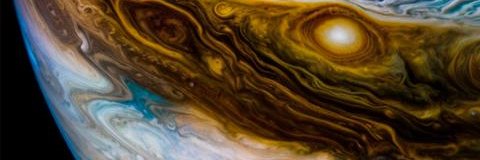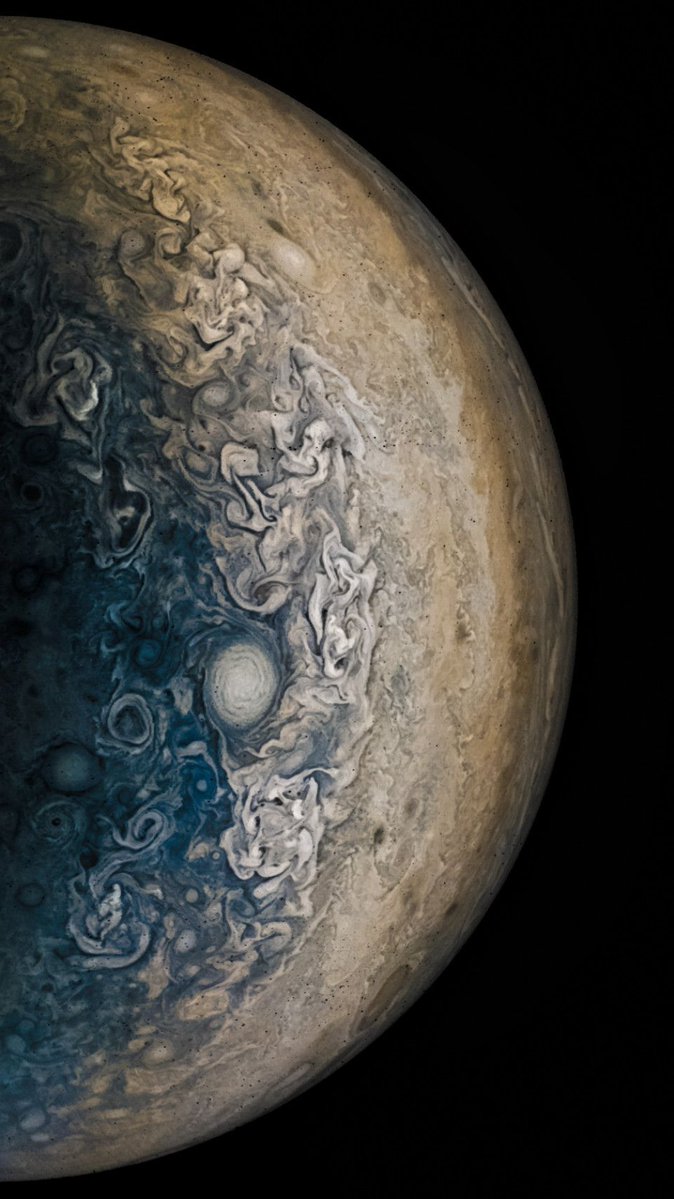
Planetary Science Institute (PSI)
@planetarysci
PSI is a private nonprofit dedicated to studying the origin, characteristics, and evolution of Earth, our Solar System, and planetary systems around other stars
The Pinacates of the Sonoran Desert are often compared to other worlds in our Solar System. PSI's David Crown spoke with Arizona Science about how researchers are comparing the Pinacate’s ancient lava flows to photographs taken of Mars by robotic explorers.buff.ly/pElskyH
PSI's Kat Volk spoke with Tucson's KOLD 13 news about the recently discovered trans-Neptunian object. WATCH: buff.ly/H2aDw3B

Happy Friday! 🪐 🐾 This week's #PlanetaryPets are Marc Mensing's cats Sasha (tuxedo) and Raph (orange), who were adopted from the Humane Society and now live a life of "snacks, cat beds, cuddles, and chaos."

Ultimately, this provides a clearer understanding of Mars’ climate history and a possible resource for future utilization. Read more: buff.ly/AqH04CC

Scientists discovered an object that orbits the Sun once for every ten Neptunian orbits. “This is just the beginning,” said Kathryn Volk, a researcher at PSI. “We’re opening a new window into the solar system’s past.” Full story: buff.ly/4lAD3l5

Cheers to 9 years! 🥂 🍾 🙌 Some PSI Colorado colleagues got together Friday night to celebrate the 9th Anniversary of the Lakewood, CO location.

Tucson Sentinel: NASA finally announces 2025 space research grants but lack of awards puts Tucson's PSI in trouble. Read the news story here: buff.ly/0xH5F3a

PSI's Roger Clark spoke at a gathering for the Denver Astronomical Society about aurora and airglow. Check it out here: buff.ly/Gp9UgRu
Happy Friday! 🪐 🐰 Bunnies are off the chart with cuteness! #PlanetaryPet Bonnie likes to dig a tunnel or curl up in a closet while Ginger eagerly explores. PSI's Matthew Huber says they "snore adorably." If he sleeps late, Ginger sniffs his face until he wakes up.

PSI is home to scientists present for the July 14, 2015 flyby of Pluto and first image reveal. This week, they gathered with other planetary scientists to discuss the advances made since. They also reflected on their own flyby experiences. More: buff.ly/xxTHkyU

#JunoCam: Majestic gas clouds surrounding the surface make it citizen scientist Raihan Mohammad's favorite planet in the Solar System, they said. To process your own JunoCam images, visit buff.ly/dCAW6H0 📸: @NASA / @NASAJPL / @SwRI / #MSSS / Raihan_Mohammad

“The object’s high orbital inclination leads to a novel kind of resonant behavior,” said PSI's Kathryn Volk, who helped analyze the object's dynamics. Read more: buff.ly/peGnGH1 This image, created by Volk, shows the object's orbit in a yellow thick line.
